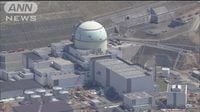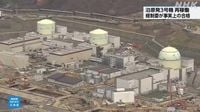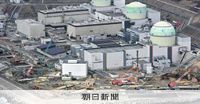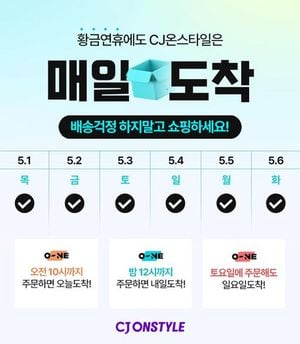On April 30, 2025, the Nuclear Regulation Authority (NRA) of Japan announced that Hokkaido Electric Power's Tomari Nuclear Power Plant Unit 3 has met the new regulatory standards, effectively granting it approval for a potential restart. This marks a significant milestone for the plant, which has been offline since May 2012 due to safety concerns following the Fukushima Daiichi nuclear disaster. Hokkaido Electric aims to restart the reactor by 2027, contingent on obtaining local consent and completing necessary safety upgrades.
Located in Tomari Village, Hokkaido, the plant has a generating capacity of 912,000 kilowatts. The NRA's decision follows a lengthy inspection process that lasted nearly 12 years, the longest in Japan's history for a nuclear facility. The approval signifies that Tomari Unit 3 will be the 18th reactor in the country to comply with the new safety regulations established after the Fukushima incident.
The NRA’s committee meeting on April 30 concluded that the safety measures proposed by Hokkaido Electric Power align with the new regulations. A draft inspection report was compiled, stating that the plant is compliant with the necessary safety standards. This report will undergo a public comment period before the NRA formally finalizes the approval, which is expected to occur in the summer of 2025.
Hokkaido Electric Power submitted the inspection application for Tomari Unit 3 on the very first day the new regulatory standards were implemented in July 2013. However, the inspection process was prolonged due to various challenges, particularly regarding the evaluation of active faults within the plant's vicinity. The NRA pointed out that the data provided by Hokkaido Electric lacked reliability concerning the potential seismic activity of faults located on the site.
Initially, the company applied with a maximum ground motion estimate of 550 gal and a tsunami height of 6.95 meters. However, after extensive reviews and additional investigations, these figures were revised to 693 gal and 15.68 meters, respectively. Consequently, the estimated cost for safety measures associated with Unit 3 ballooned from an initial projection of over 90 billion yen for all three units to approximately 515 billion yen for Unit 3 alone.
As part of the safety enhancements, Hokkaido Electric is constructing a seawall that will rise to 19 meters above sea level and stretch approximately 1,200 meters in length. This seawall is designed to protect the plant from potential tsunami threats, and the company aims to complete its construction by March 2027. Hokkaido Governor Naomichi Suzuki has requested a detailed explanation regarding the transportation of nuclear fuel to the plant, indicating that local consent will be crucial for the restart.
During the NRA meeting, it was confirmed that the plant's site does not contain active faults that could trigger earthquakes, which was a significant point of contention throughout the inspection process. The committee unanimously agreed that the faults identified in the area do not pose a seismic risk, allowing the inspection report to move forward.
Public opinion in Tomari Village appears mixed, with some residents expressing hope that the plant's restart could revitalize the local economy. One local resident stated, "Safety is the most important thing. If it can lead to a better life for us, then that's good. I hope the restart will invigorate the economy of the village." However, concerns persist regarding the safety of nuclear energy and the potential risks associated with operating the plant.
Hokkaido Electric Power's journey to restart Tomari Unit 3 reflects broader trends in Japan's nuclear energy landscape. Since the Fukushima disaster, the country has faced a significant public backlash against nuclear energy, resulting in the shutdown of many reactors. As of April 2025, out of 27 reactors that have applied for inspections, 17 have successfully passed, while Tomari Unit 3 remained the only pressurized water reactor (PWR) without a resolution.
The prolonged inspection process has highlighted the complexities involved in ensuring nuclear safety in Japan. The NRA has emphasized that it will not compromise on safety standards, particularly in light of the lessons learned from Fukushima. As a result, the scrutiny of nuclear facilities has intensified, with a focus on ensuring that all safety measures are robust and effective.
Looking ahead, Hokkaido Electric Power plans to continue advancing safety measures and addressing any remaining concerns raised by the NRA and local authorities. The company has also indicated that it will seek to restart Units 1 and 2 in the early 2030s, aiming to gradually bring the entire Tomari plant back online.
The approval of Tomari Unit 3 is a crucial step for Hokkaido Electric and the Japanese nuclear industry as it navigates the challenges of public perception and regulatory requirements. As the nation grapples with energy demands and environmental considerations, the future of nuclear power in Japan remains a pivotal topic of discussion.
In conclusion, the path to restarting Tomari Nuclear Power Plant Unit 3 underscores the intricate balance between ensuring safety and meeting energy needs in Japan's post-Fukushima era. With the NRA's approval, Hokkaido Electric is poised to take significant steps toward revitalizing its nuclear operations while addressing the concerns of local communities and regulatory bodies.






